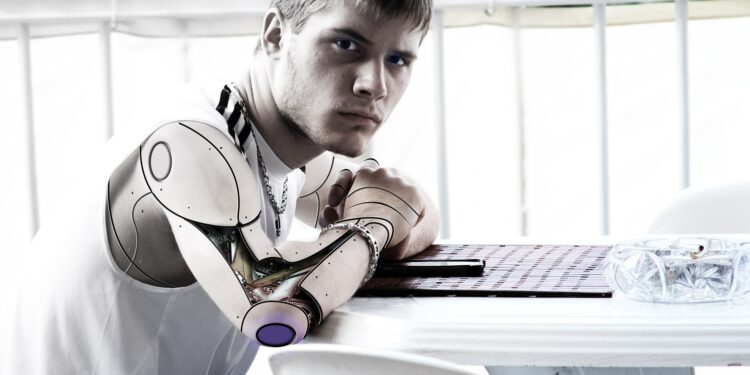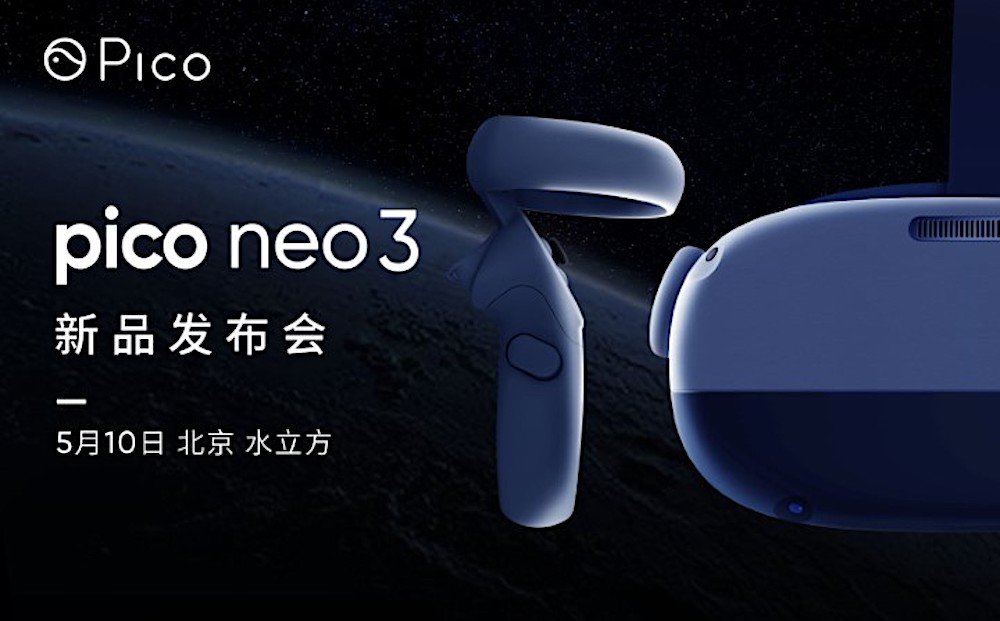A group of scientists at MIT develops an AI system that is capable of recognizing voice and objects.
A defect that is always blamed on artificial intelligence has to do with its polyvalence limitations. Machines and algorithms are so far very good at something. They are fantastically good at recognizing images or conversing or moving around a surface. But the same AI system can’t do all those things. In fact, you can only do one of them.
The ability of artificial intelligence to learn is limited to your field of knowledge. If an algorithm has been trained to recognize kittens in images, this is what it will do. At best he could be trained to recognize dogs. But in no case could it serve a robot to move or form a chatbot.
The idea that a single AI system can perform different functions, which require different learning and capabilities, is condensed into general artificial intelligence. This concept it’s the closest thing there is to imitating the human brain artificially.
For now, obviously, we are far from achieving general artificial intelligence. But with the development made by a team of scientists at MIT we are a little less distant. His achievement is that his algorithm it is capable of performing object recognition and speech recognition. But not as isolated components but mixed together.
MIT software is able to identify an object within an image based on a spoken description of it. That is, you just have to say to the machine: “Find the red vase in these photographs”. And this one will correspond.
A multi-purpose algorithm
Merging these two concepts is difficult. But the MIT system combines them effectively. For training scientists have made that the machine learns both technologies at the same time.
The algorithm learned by recognizing the patterns of an image with a girl with blond hair, blue eyes, a blue dress, and a red-roofed lighthouse in the background. All these concepts were transmitted to him in the form of words and artificial intelligence began to **associate which pixels of the image corresponded to blue dress* , which others referred to blonde hair and so on.
In this way the model created by MIT has enough understanding of language to be able to search for images or objects within those images. For now he only understands a few hundred words and only knows a few types of objects. But what’s really interesting is how you train the algorithm. Undoubtedly an innovation in the field of AI.
Images: ronymichaud,









